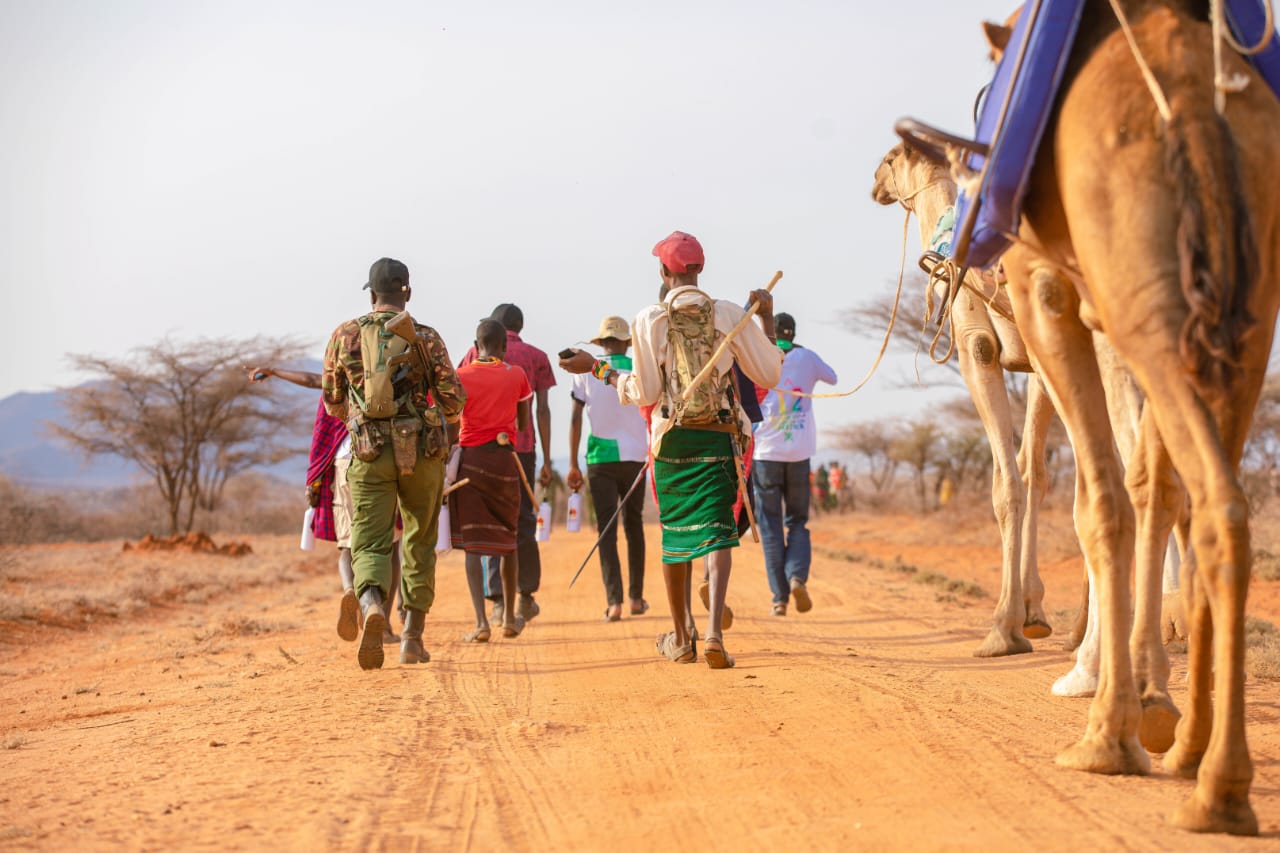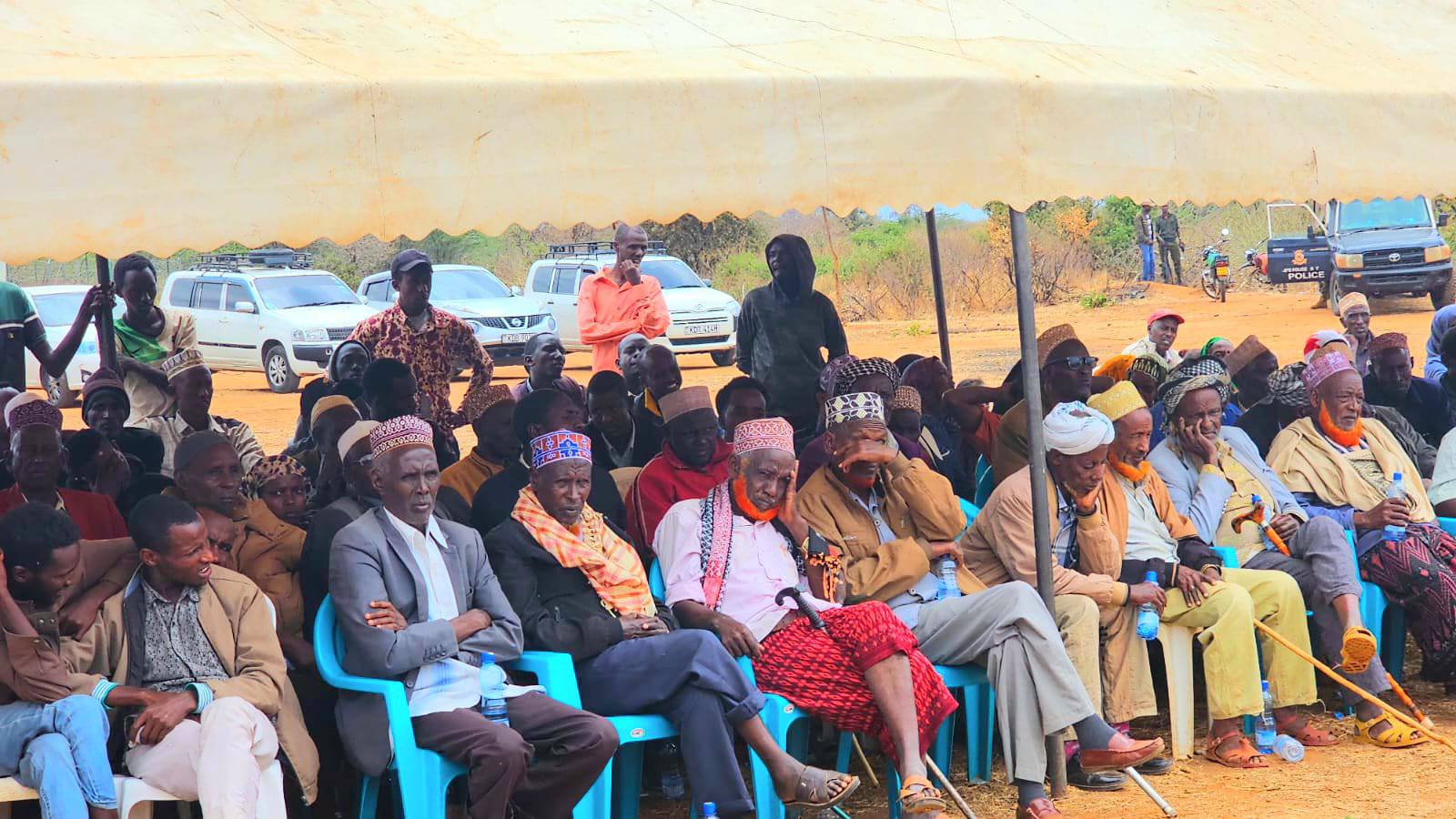The March to May long rains brought some relief to drought-stricken arid and semi-arid lands (ASALs) in Kenya, improving conditions in many areas.
However, an inter-agency assessment reveals that approximately 1.76 million people across the 23 ASAL counties continue to face severe food and nutrition insecurity, requiring urgent humanitarian assistance to meet basic needs.
The National Drought Management Authority (NDMA), led by CEO Hared Hassan, presented these findings during a consultative meeting convened by the Ministries of Interior, Public Service, and Human Capital Development and Special Programmes.

The meeting, chaired by Cabinet Secretary Geoffrey Ruku, brought together regional and county commissioners from the ASAL counties to enhance preparedness and streamline response efforts for the ongoing crisis.
Despite the positive impact of the long rains, the Kenya Meteorological Department forecasts below-average rainfall for the October to December short rains season, coupled with above-normal temperatures.
These conditions are expected to reduce crop harvests, limit pasture regeneration, and deplete household food stocks, exacerbating food insecurity across the region.
The NDMA projects that the number of people facing acute food insecurity in the ASALs will rise to approximately 2.1 million between October 2025 and January 2026.
The consultative meeting focused on strengthening coordination among stakeholders to address the looming challenges.
With food security expected to deteriorate further, the government and its partners are prioritising proactive measures to mitigate the impact on vulnerable populations.
The discussions underscored the need for enhanced resource allocation, improved early warning systems, and targeted interventions to support communities in the ASAL counties.
As Kenya braces for a challenging short rains season, the government’s efforts to coordinate responses and bolster preparedness aim to reduce the growing threat of hunger and ensure that critical aid reaches those in need.

